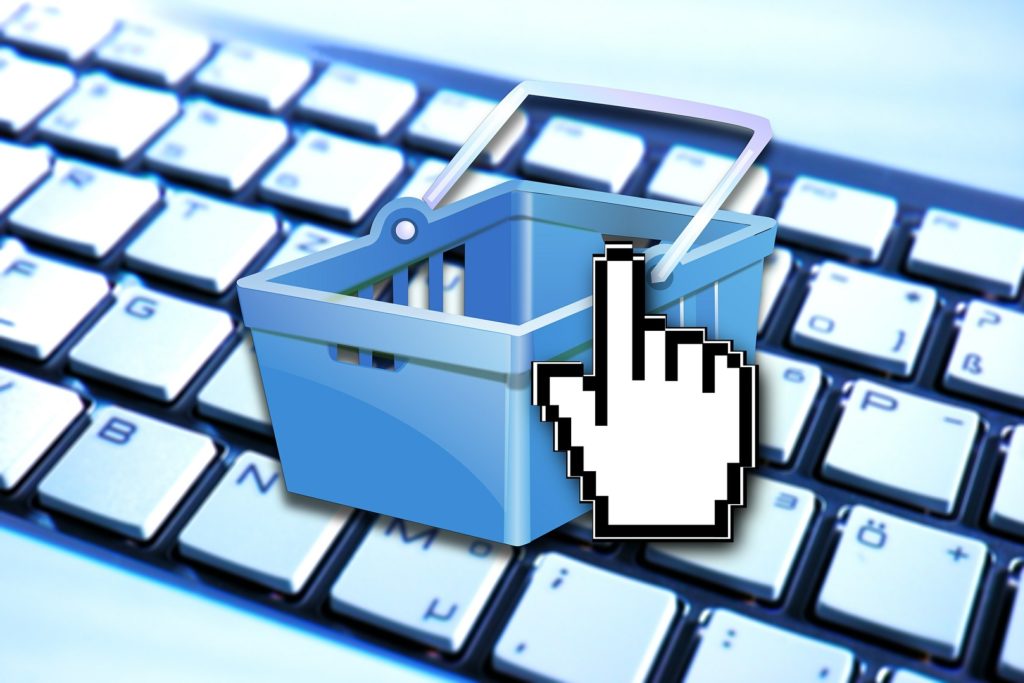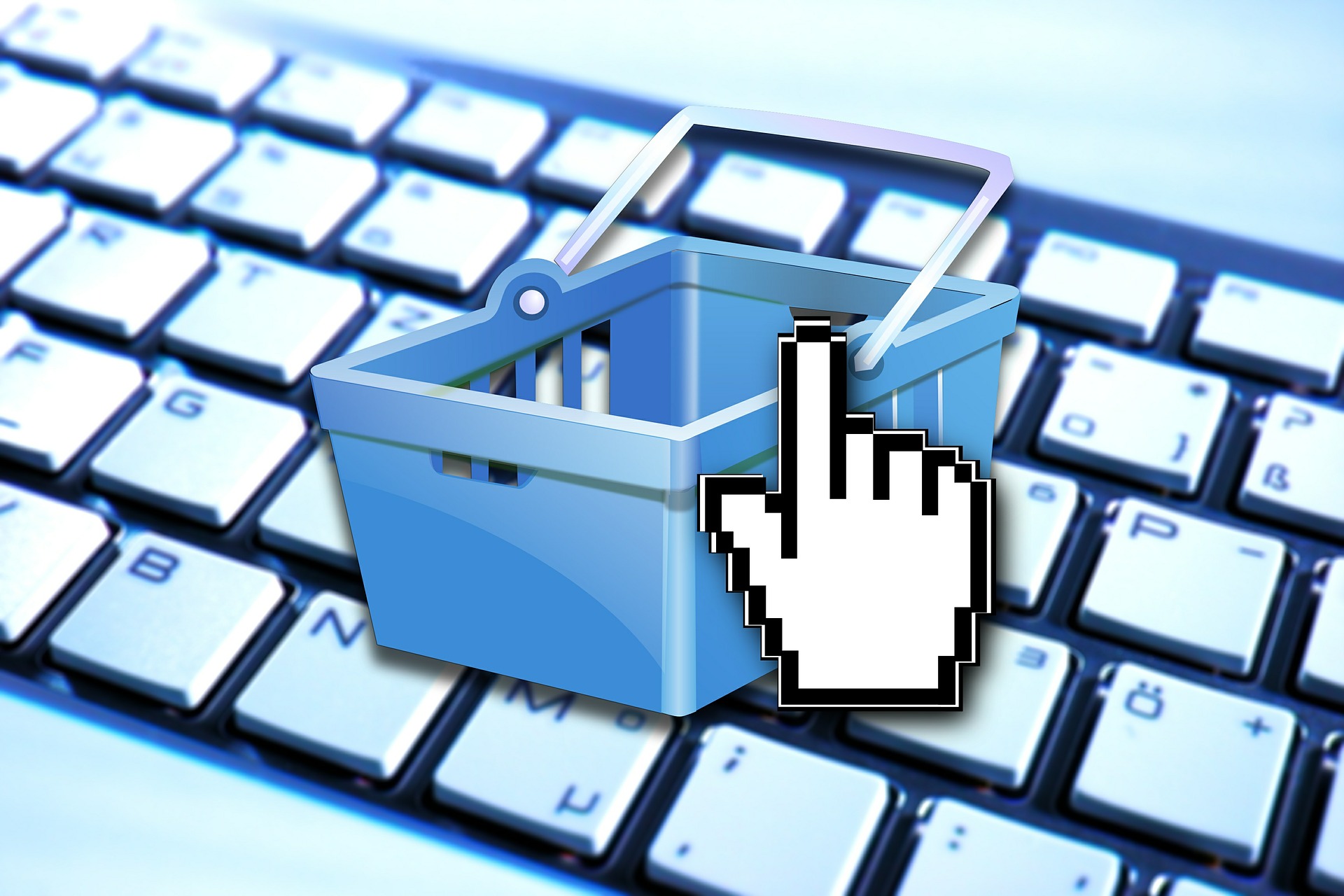 Lots is happening in retail. The rise of e-commerce, the continued growth and morphing of discounters and convenience stores. How far will each of these trends go? It’s hard to say. What is clear is that e-commerce can’t meet everyone’s needs – which is why even retailers such as Amazon are experimenting with physical stores. And while discounters continue to morph into mini-supermarkets, it is unlikely that they will be able to meet every shoppers’ needs either. And convenience stores, that are rapidly becoming more like fast food outlets, are arguably moving away from satisfying grocery needs. Which channels will win, which will lose isn’t clear. But what is clear is that we’re entering an era of disruptive retail – and we better get ready for it!
Lots is happening in retail. The rise of e-commerce, the continued growth and morphing of discounters and convenience stores. How far will each of these trends go? It’s hard to say. What is clear is that e-commerce can’t meet everyone’s needs – which is why even retailers such as Amazon are experimenting with physical stores. And while discounters continue to morph into mini-supermarkets, it is unlikely that they will be able to meet every shoppers’ needs either. And convenience stores, that are rapidly becoming more like fast food outlets, are arguably moving away from satisfying grocery needs. Which channels will win, which will lose isn’t clear. But what is clear is that we’re entering an era of disruptive retail – and we better get ready for it!
A disruptive retail reality: E-Commerce doesn’t necessarily grow the pie!
The biggest problem in a disruptive retail environment is that shoppers moving online doesn’t necessarily grow sales. The main impact of online is a shifting of shopping from one channel to another. If I start buying toothpaste online rather than in a supermarket, I don’t start cleaning my teeth more frequently. There is no growth. Just sales moving from one channel to another. And as shoppers shift channels in a disruptive retail world, there is one thing we can be sure of. Many stores are going to close.
I recently presented on the impact of e-commerce at a conference focusing on pharmaceutical retail. One question from the audience was interesting: “Will there be mass closures of pharmacies?â€. My simple answer was – yes. Why? Arguably, many shoppers still need and depend on the in-store experience for many pharmaceutical categories. Advice from a pharmacist is massively important for many people. So shouldn’t pharmacies be somewhat immune to the impact of channel shifts? Alas no. Even if shoppers for core pharmaceuticals still want to go to a pharmacy, pharmacies are often dependent on other categories. Categories such as vitamins and minerals are often among the first to migrate online. Around the world over the last twenty years, pharmacies have turned to other categories (health foods, personal care products) to survive. Those categories are highly likely to move online – leaving pharmacists struggling with a much smaller portfolio of products and lower revenue. So even in a retail environment where advice is important, the pressures of these retail trends will surely claim many victims.
So whichever way we look at it, it appears that a lot of stores are going to close. Many will open too, but they will be different stores, potentially serving different shoppers, and focusing on different categories. How should marketers, shopper marketers and sales professionals preempt these changes and work to protect their business against future channel disruption?
Managing disruptive retail: Check channels where you have a relatively high share
If you had equal market share in every channel, then shoppers switching from one channel to another would have limited impact on your sales. If one channel disappeared completely, you’d pick up the sales in another channel, assuming shoppers continued to buy the same quantities. But if your business has a high share in one channel, and that channel collapses, there is a grave danger that your total share would go down. A great example is discounters. Discounters typically have a high share of private label products: As shoppers migrate to discounters, all brand shares are at risk.
Join Shopper Marketing Experts – Sign up for free, now!
Managing disruptive retail: Check channels where you have relatively high profit
Equally important – not all channels are equal from a profit point of view. If you have one channel which is much more profitable than another, then a share shift from one to another might hit profit, even if you managed to hold all the sales
Managing disruptive retail: Channels where you have great relationships
Good business relationships with retailers are great: they enable us to get some small advantage versus other suppliers. But if this retailer begins to struggle, then the benefit we get there will be of lower value (as they become a much smaller part of our business).
Managing disruptive retail: Channels where you invest heavily
If we are heavily investing in a channel, but then that channel starts to decline, we’ll just pull out our investment, right? Not so fast! These retailers aren’t necessarily going to disappear, and if they are struggling they will be looking for more investment, not less! And if we still sell significant amounts there (even if they are declining) it’ll be hard to cut investment without risking all the business.
Managing disruptive retail: Check channels where purchase is impulsive
If a significant number of purchases in a channel are impulsive, the warning lights should be flashing too. A shopper’s planned purchases will almost certainly migrate to another channel, but impulse ones might not. Many categories rely heavily on impulse purchase from a checkout display: but those purchases may not happen online, for example.
It’s not easy to predict how many shoppers will shift channels in this disruptive retail environment, or when. But it is possible to be better prepared for whatever might come.
Four steps to managing a disruptive retail future
Build shopper marketing capabilities – First and foremost, understanding shoppers is critical. Understanding shoppers, their needs, and the attitudes and satisfaction with their current shopping experience will give key clues as to which shoppers might be ready to desert their current channels when a new one becomes available. To help you on your shopper marketing journey, why not sign up for Shopper Marketing Experts – there you can learn loads about shoppers and channel management. And if you sign up before April 30th 2017, the basic package is free!
Model other markets – E-commerce is evolving at different paces in different countries. And while each country is different, there are bound to be some learning from other markets which can be an input to this.
Be ready for change – Finally, change is going to come. Make sure you are ready. Make sure you’ve identified any risks to the sales and profitability of your business that could come from channel shifts. And start preparing now. If shoppers are going to migrate from a high profit channel to a low profit one, is there anything you can do to stop this? If not, what can be done to improve the profitability in the new channel?
Take action now – Download our complimentary e-book on Channel Strategy in the age of the Digital Shopper and start planning your channels for a digital future. It’s coming sooner than you think!





